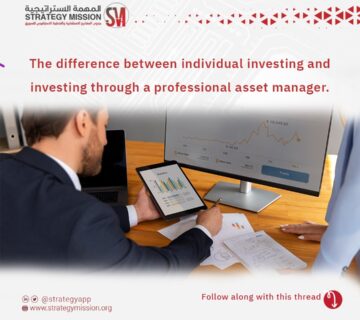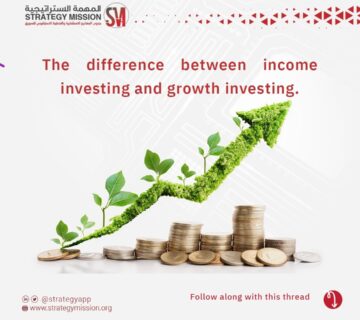Staff Control Methods
Business owners and managers are interested in monitoring and monitoring their team, and sometimes many of them may exaggerate the nature of the tools used that may reach the installation of surveillance cameras in offices or follow their email! And hold the employee accountable for the moment of entry and the moment of exit!
Here we ask:
– Does the halal owner or manager actually need to follow up on every small and large employee?
– Certainly, following up on employees and the team is important, but how do we pursue their productivity and competence in a scientific and practical professional manner without restricting them or violating their privacy and how do we build trust between them?
– Is the ideal employee actually present and can the employee always commit and give his full capacity?
– How do ISO specifications give perfect monitoring and monitoring tools? How can you integrate with digital auxiliary tools and software?
To request feasibility studies and other services for ISO 9001 – 14001 – 45001 certificates 13485 – 22000 use the application form:
https://strategymission.org/request-services-ar
– Does the halal owner or manager actually need to follow up on every small and large employee?
No, it is not necessary for the employer or manager to follow up every small and large employee. Although it is important to monitor employees’ productivity, excessive oversight can be harmful and negatively affect the working environment and relationship with employees.
Excessive censorship may lead to:
- Low level of trust: Employees may feel distrust of their employer or manager if they feel permanently and overly monitored.
- Increased stress and stress: Over-censorship can increase stress and stress on employees, negatively affecting their performance.
- Reduce creativity and innovation: Employees may feel unfree to express their thoughts and try new things if they think they are being overly monitored.
- The staff member’s fear of decision-making and responsibility due to excessive oversight and excessive use of penal tools: decisions are mostly central and it may be up to the staff member to implement the Director’s decisions even if he or she learns of their far-reaching consequences for fear of debate or responsibility.
- Slow business flow.
- Employees’ preoccupation with social and psychological problems due to the working environment, especially if control varies.
- Reduce the employee’s affiliation with the company and his sense of threat and desire to find an alternative job.
– Certainly, following up on employees and the team is important, but how do we pursue their productivity and competence in a scientific and practical professional manner without restricting them or violating their privacy and how do we build trust between them?
More results-oriented governance, oversight and follow-up methods are needed (the method is important but can be covered by training and technology provision rather than oversight) and the organization’s objectives are achieved transparently and fairly. Here are some tips to achieve this and build trust between the employer and the team:
Before starting to follow up, the goals you wish to achieve must be determined by pursuing productivity. Then identify key performance indicators that contribute to achieving those goals in a measurable and verifiable manner.
Use advanced analytical tools and techniques to accurately monitor productivity and efficiency. You can use performance management systems and productivity tracking software to analyze performance data and extract scientific results such as # ERP software or planning software such as MS project, Trello or Petrex 24.
Communicate transparently with the task force on follow-up objectives and specific performance indicators. Show them the importance of this monitoring and how it can contribute to their performance improvement and future development.
The follow-up process was seen as an opportunity for continuous improvement and staff development. Encouraged staff to identify possible improvements and make suggestions for improving process and performance.
Develop policies and procedures to ensure that staff members’ privacy is respected and not violated during the follow-up process. Ensure that data and information about employees are kept securely and processed confidentially.
- Training & Development:
Provide training and development to your employer and team on how to use follow-up and oversight tools in a professional manner and without negatively affecting the relationship with employees.
Using these tips and building a transparent and professional work environment, you can achieve a productive follow-up to employees’ productivity, increase their loyalty without compromising their privacy and enhance trust between employer and team.
– Is the ideal employee actually present and can the employee always commit and give his full capacity?
The ideal employee matching the stereotype may not already exist, as the ideal depends on specific expectations and circumstances. The ideal employee is a wish of business owners. Although reality differs from the ideal model, staff can continue to improve and develop.
There are some qualities that make an employee “special” or “perfect” in some cases, such as:
- Commitment and responsibility: The ideal employee is committed to his/her functions and is responsible for performing them well.
- Readiness to learn and develop: The ideal employee seeks to learn new skills and benefit from training to improve his performance.
- Teamwork: The ideal employee has the ability to work together and collaborate with his teammates.
- Professional: The perfect employee acts in a professional manner and shows respect and ethics in dealing with others.
- Continuity: The ideal employee shows continuity in the performance of their duties and is committed to continuous improvement.
However, it is important to remember that human beings are not perfect of course, but staff can work hard and give their best to achieve the best possible performance. It is important for the employer to realize that there are challenges and factors beyond the employee’s control that can affect his/her performance, and he/she must provide support and an environment conducive to achieving high productivity and improving the team in general.
– How do ISO specifications give perfect monitoring and monitoring tools? How can you integrate with digital auxiliary tools and software?
Achieving ISO 9001 global standard requirements and most other administrative specifications include providing effective monitoring and monitoring tools to ensure quality of work and improve performance. To be effective and ideal tools, the following steps can be followed:
- Identification of key performance indicators:
Identify key performance indicators (KPIs) that contribute to measuring process performance and verifying quality and efficiency goals. These indicators must be compatible with the requirements of the # ISO 9001 standard and the organization’s objectives.
- Use of analytical and management tools:
Analytical and management tools such as # SWOT analysis, PDCA (Plan-Do-Check-Act) and continuous improvement processes can be used to identify opportunities for process improvement and performance development.
- Building an integrated surveillance system:
Use an integrated control methodology that includes process and product control and conformity of quality requirements and specifications.
- Making use of digital technology:
Digital tools and software auxiliary for surveillance and continuous improvement can integrate with ISO 9001 requirements. These software can contribute to improved tracking and analysis and provide accurate data for management decision-making. Such as business management and planning software whether through ERP such as Oracle, SAP, Odowo or other pre-prepared software.
- Team training:
The task force should be trained in the use of tools and software in an effective and qualified manner. The training helps to enhance capabilities and knowledge and make the most of the tools used.
- Ongoing follow-up and performance appraisal:
There must be a continuous approach to follow-up and performance appraisal to ensure that goals are met and continuously improved.
All of which must be fully documented or computerized. It may be difficult at first but it is very easy with practice and its transformation of a clear working approach and procedures to which the old and new staff member adheres.





No comment